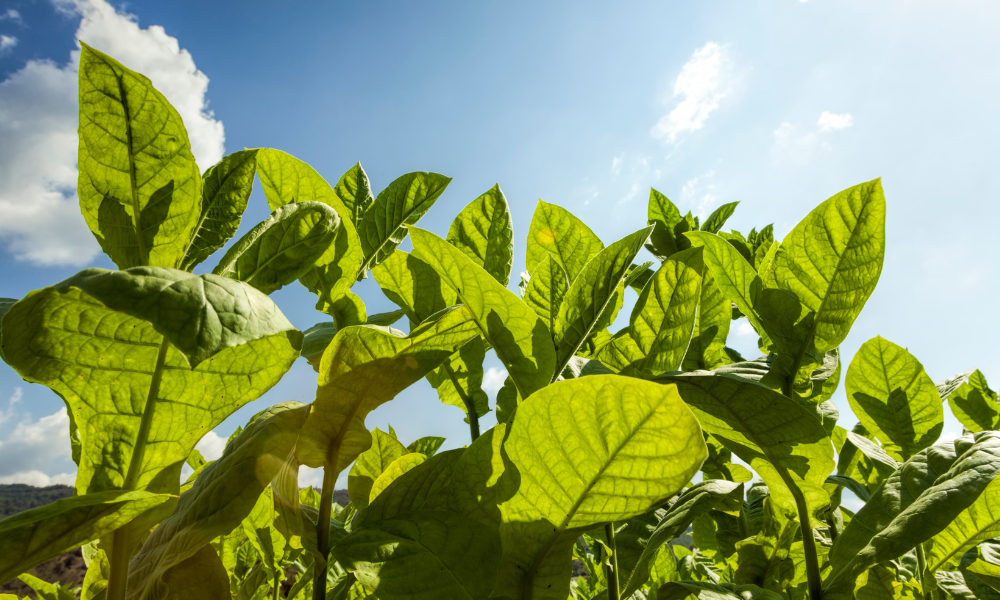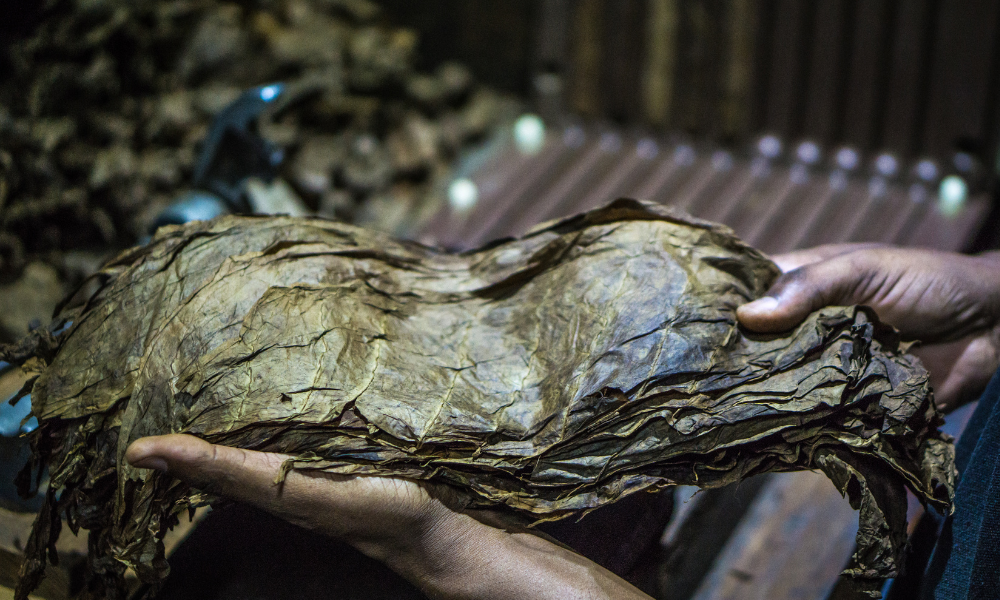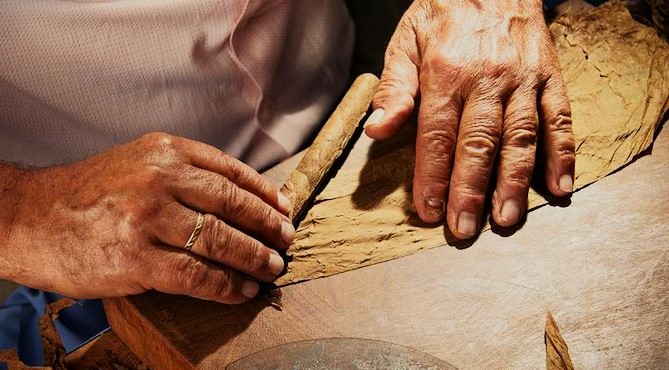Discover the Rich Tradition of Dominican Cigars: A Journey into Exquisite Craftsmanship
Welcome to the world of Dominican cigars, where tradition, expertise, and passion converge to create some of the finest cigars in the world.

You must be of legal age to view and purchase
contents on the website.
Disclaimer: Tabac Arsenal is a B2B (Business-to-Business) company. We exclusively supply and sell our products to verified retailers, wholesalers, and other qualified business entities. We do not sell directly to individual consumers or for personal use.
After the tobacco plant is ready, it is cropped and the leaves are collected, then hanged in barns in what is called a “sarta”, this is how the tobacco is received by most factories.

The second part of the process, first we have to make sure the best wrappers, fillers, and binders are obtained. They are sorted and processed by Color, Strength, Texture, Resiliency and Size
Many of these tobaccos can undergo three to four years of preparation before becoming part of a cigar

After the tobacco is processed, a “blend” is prepared for each cigar roller. A blend is a specific combination of leaves that is used to make a certain brand of cigars. Each blend has a unique flavor that is produced by the types of tobacco leaves used. All the rollers must use the same blend to assure that all the cigars in a brand will taste the same.
With the blend ready, the tobacco is formed into a rough cylinder called a “bunch.” Great care is taken to make sure that the leaves are laid in the bunch uniformly and straight. This ensures that the finished cigar will not have hard or soft spots, which inhibit the cigar from drawing freely or cause it to, burn fast and hot. The most common method used today is called “Spanish Book Filler.” If you take an extremely sharp razor and cut a cigar deeply along its entire length, you would see that the layers of tobacco exposed look like the pages of a book. Hence, the term “Book Filler.”
Binding

After the bunch is created it is tightly wrapped in a coarse layer of tobacco called a “binder.” The binder gives the cigar its structure, shape, and ability to maintain its moisture content. The bound bunch is then placed into a hardwood mold where it gets its particular shape and is open at each end of the cigar.
Molding
Now, the mold contains approximately ten unfinished cigars and is put into a screw-type press along with other molds. Here the cigars will further “mold” into the desired shape. The mold is two pieces; it has a top and bottom. Since it is smaller in diameter than the unfinished cigar to create a compression effect, a crease is noticeable where the upper and lower halves of the mold meet. Periodically, the press is released, the molds are opened, and the cigars are rotated. This time-consuming process is performed to avoid a crease showing through the wrapper on the finished cigar.

After the cigars have been pressed and turned, they are ready for the skilled hands of the rollers. These craftsmen take the fine, silky, elastic wrapper tobacco and stretch it around the molded cigar body. This is the stretching and smoothing process that gives cigars their appealing looks. When a true craftsman applies the wrapper, a small rectangular piece of tobacco is left attached at the head of the cigar. This piece is called a flag. “Flagging” is the process of molding the rectangular piece of wrapper into the head of a fine cigar.
Welcome to the world of Dominican cigars, where tradition, expertise, and passion converge to create some of the finest cigars in the world.
A Fronto cigar, also known simply as "Fronto," is a type of cigar distinct from traditional cigars in its construction and smoking experience.